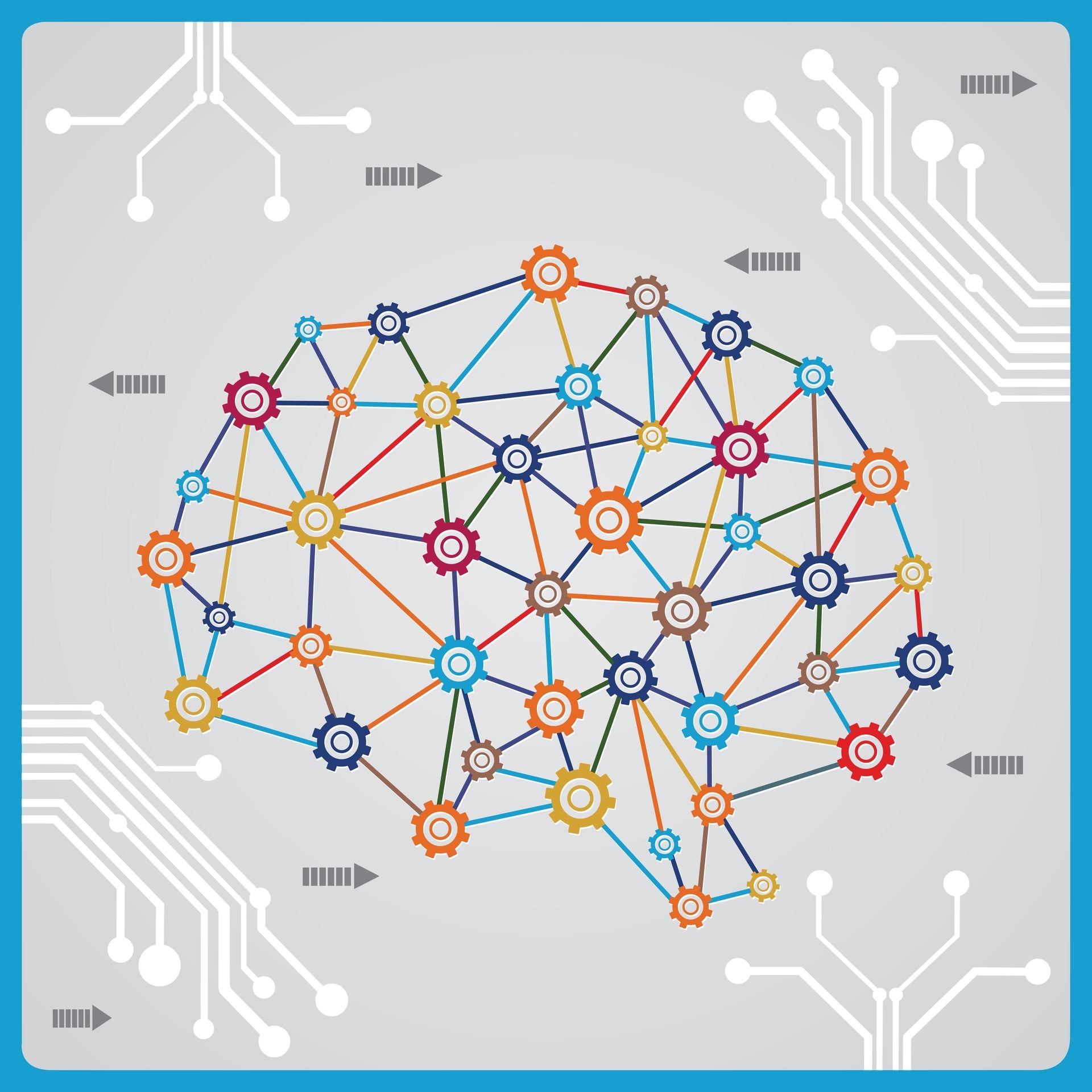May 30, 2015
Instructional Design Models And Theories: The Cognitive Flexibility Theory
The Cognitive Flexibility Theory, introduced by Spiro, Feltovich, and Coulson in 1988, is about how learning takes place in “complex” and “ill-structured domains”. In essence, it’s a theory that strives to determine how the human mind can obtain and manage knowledge and how it restructures our existing knowledge base, based on the new information received. Research on the Cognitive Flexibility Theory has sought scientific evidence with respect to how knowledge is represented within the learner's mind, as well as which internal processes take place according to the mental representations we receive. In this article, I’ll briefly explain basic principles of the Cognitive Flexibility Theory and I’ll give you some ideas about its practical applications in the eLearning course design.
by Christopher Pappas











